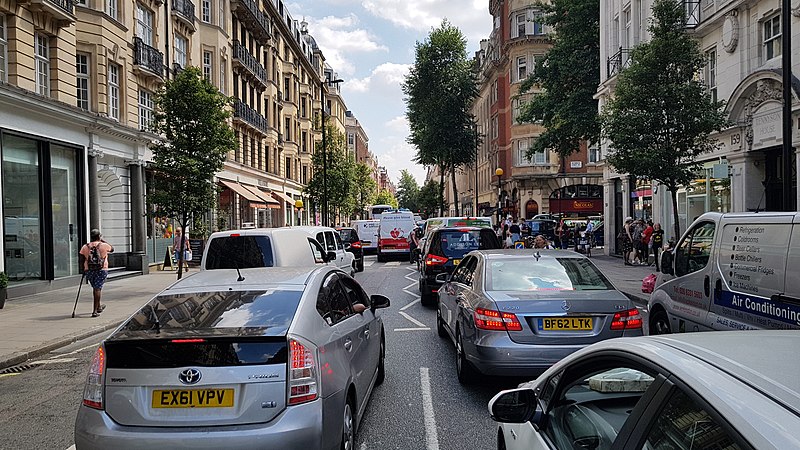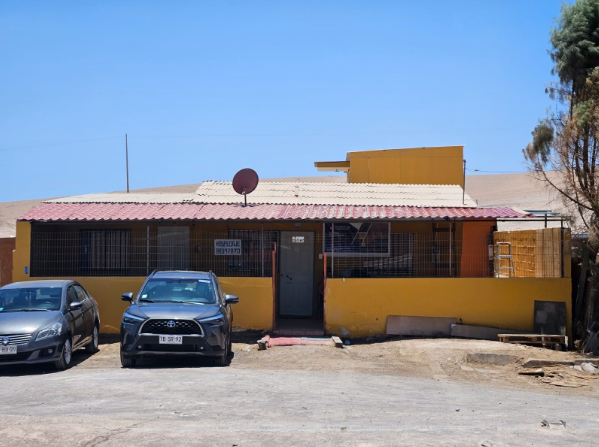How to Drive in London: A Must-Read Guide

Introduction
If it’s your first time driving in London, or maybe you haven’t done it for a while and need a quick refresher, this guide is for you.
Driving in London has its own unique challenges that set it apart from other parts of the UK. From understanding the rules of the Congestion Charge Zone to navigating through busy roundabouts, there’s a lot to take in.
Don’t worry, we’re here to help you understand and prepare for what’s to come.
So fasten your seat belts, because driving in London is an experience like no other!
Charges for Driving in London
London is a dynamic city known for its rich history and cultural heritage. It is also one of the busiest cities in the world, with millions of people travelling on its roads every day. If you are planning to drive in London, it is essential to know about the charges for driving in the city.
Knowing what these charges are and when they apply can help you avoid unexpected costs.
1. Congestion Charge
The Congestion Charge is an important charge you will have to pay if you are planning to drive in Central London from Monday to Friday between 7 am and 6 pm.
The charge is £15 per day, and it needs to be paid before or on the same day of driving. If you don’t pay the charge, you will be fined £160.
There are certain exemptions and discounts for residents and low-emission vehicles.
2. Ultra-Low Emission Zone (ULEZ)
If your vehicle does not meet the required emission standards, you will have to pay the ULEZ charge to drive into Central London. The ULEZ is in operation 24/7, and the charge is £12.50 for most vehicles.
The charge applies to vehicles with petrol engines that don’t meet the Euro 4 standard and diesel engines that don’t meet the Euro 6 standard.
The ULEZ covers the same area as the Congestion Charge zone.
To find out if you need to, you can do a Ultra Low Emission Zone check.
3. Low Emission Zone (LEZ)
Low Emission Zone (LEZ) is separate from the ULEZ and applies to larger vehicles such as lorries, buses, and coaches. The charge applies to vehicles registered before 2006 that don’t meet the required emission standards. The daily charge is £100 or £300 for non-compliance.
You can check whether your vehicle meets the emission standards and whether it needs to pay the charge on the Transport for London (TfL) website.
If you have a vehicle and wish to avoid these charges, consider using a “Sell My Car” service to conveniently find a buyer.
4. Dartford Crossing
The Dartford Crossing is a motorway bridge and tunnel crossing that connects Kent and Essex. If you use the crossing, you will have to pay a charge. The charge is £2.50 for cars and £6 for larger vehicles.
You can pay the charge in advance or by midnight the day after crossing. If you don’t pay the charge, you will be fined £70.
5. Other Charges
Apart from the charges mentioned above, there are other charges you may have to pay if you drive in London, such as the T-Charge for high-emission vehicles, the Resident Parking Permit charge, and the Late Night Levy charge for businesses that serve alcohol.
For more detailed information, it is advisable to check the specific rules and regulations on the ofcial websites.
Noteworthy Aspects When Driving in London
1. Rules of the Road
In London, traffic drives on the left-hand side of the road. If you are not used to this, it can be a bit daunting at first, especially when you are approaching a roundabout or a junction.
Always remember to give way to the right and follow the road markings. In some areas, you may come across one-way streets, so pay attention to the signs and arrows.
Additionally, it is crucial to avoid driving in bus lanes during peak hours, as this attracts hefty fines.
2. Red Routes
London has a network of ‘red routes,’ which are major roads that have been marked with red lines on the side of the road. These routes have been designated as “no stopping” zones, meaning that you cannot park or stop here at any time, except for emergencies.
If you do stop, you will receive a fine, and your car may be towed away. The red line zoning covers many main roads in the city, so ensure you always look out for the red lines and obey the rules.
3. Yellow Box Junctions
Yellow box junctions are common in London and are marked with yellow lines painted on the road. The purpose of yellow box junctions is to keep trac flowing and to prevent gridlock.
You should never enter a yellow box junction unless your exit road is clear.
If you enter the box but cannot exit due to traffic, then you are committing an o ence and may get a fine.
4. Bus Lanes
If you’re driving in London, you’ll notice that there are bus lanes dotted all around the city. During peak hours, these are reserved for buses, taxis, and cyclists only, so avoid driving in bus lanes, unless you have permission.
The lanes are well-signposted, and you may face a fine if you ignore the signs. You can drive in a bus lane outside of peak hours, but there are some locations where the lane runs 24 hours a day.
5. Parking
It can be challenging to park in London, with most of the city centre having restricted or paid parking zones. If you need to park, always look out for the parking signs and ensure that you are not parked on a red route. Pay and display is a common form of parking, so keep some change with you.
For longer-term parking, consider using a car park or a parking app. Remember to always check the payment methods and timings for each parking area.
Final Thoughts
We hope this guide has given you a better understanding of the rules and regulations for driving in London.
Remember to always drive safely, follow the signs and signals, and be aware of your surroundings.
Driving in London can be challenging, but with proper knowledge and caution, you can navigate the city’s roads without any issues.
Stay alert, stay safe, and have a pleasant journey!






